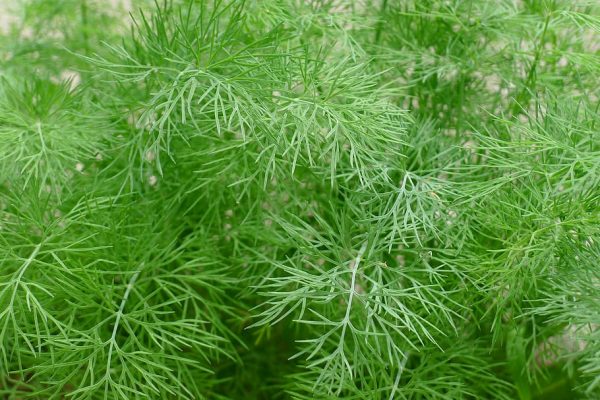Project Report For Dill Farming
Introduction
Project Report for Dill Farming is as follows.
Dill is an Apiaceae (celery) family annual herb. The genus Anethum contains only one species, dill. Dill thrives in well-drained, slightly acidic soil that is rich in organic matter. Dill is a fragrant plant that grows in a straight line. It has spreading stems and soft, fine, fibre-like leaves that form an open cone and are blue-green. The plant bears yellow blooms on umbels up to 16 cm in diameter. Dill is an annual plant that grows up to 1.5 m tall and survives only one growing season. This article also covers the following subjects.
Dill thrives in full sun, consistent watering, and well-drained, rich soil. Till 8 to 12 inches deep and incorporate a handful or two of organic all-purpose fertilizer. Plants are strong and will quickly volunteer from dropped seeds each year. The herb is frost-tolerant but will not thrive in freezing conditions for an extended period of time.
Both whole and ground dill seed is used as a flavouring in soups, salads, processed meats, sausages, and pickling. Dill pickles are made with dill stems and bloom heads. The production of soaps uses the essential oil. In the manufacture of traditional medicines, seeds and oil are both used. Dill oil with water forms a fragrant carminative emulsion.

Benefits of Dill Farming
Dill is high in micronutrients, which have health advantages. A 100-gram amount of dill, for example, increases your vitamin A intake. Vitamin A is a fat-soluble vitamin that promotes good vision, skin health, immunological function, growth, and reproductive health. You’ll also receive a considerable increase in vitamin C, a vital antioxidant that aids your body’s resistance against infection.
Dill may have an anti-diabetic impact, owing to its antioxidant properties, according to research. Different extractions of dill from the seed and leaf, as well as its essential oil, have been shown in diabetic models to considerably lower triglycerides, total cholesterol, low-density lipoprotein cholesterol, very-low-density lipoprotein cholesterol, and glucose levels.
Dill may also help you regulate your cholesterol, according to certain research. A dill supplementation study found that while it did not raise HDL cholesterol, it did lower LDL cholesterol, triglycerides, and total cholesterol levels.
Dill is also high in fibre, folate (essential for cell division and DNA creation), calcium for strong bones, riboflavin for cell function and development, manganese, and iron. However, the quantity of dill consumed makes a difference. You may not consume the entire 100-gram serving (about 2/3 cup). Many people use far less and hence receive lower dosages of micronutrients.
Get Completely Custom Bankable Project Report
Market Potential Of Dill Farming
Dill Seed market size was over USD 1.5 billion in 2018, and the industry expects a demand of more than 82.5 kilo tonnes by 2025.
Due to the escalating demand for treating diseases such as dysentery, diarrhoea, and food poisons due to antispasmodic and disinfectant properties, as well as the ability to protect against infectious microbes and smooth digestion.
Dill plant is a herb that is frequently used in a variety of foods and drinks as well as in home remedies. It is a plant-based culinary spice that prevents liver illness, improves the digestive system, and addresses a variety of other health conditions. Dill seed is also frequently added to many foods and is used in salad dressing since it has a variety of medicinal benefits. Dill seed products in both organic and conventional varieties are readily accessible on the market.
A few key aspects driving the target market’s expansion throughout the forecast period include increasing consumer awareness of dill seed’s various health benefits, rising health consciousness among people, and rising demand for dill seed globally. The popularity of dill seed as a therapeutic herb is also expanding, as is the demand for dill seed products. These are additional elements that are anticipated to Oil market growth for dill seeds globally over the course of the forecast period.

